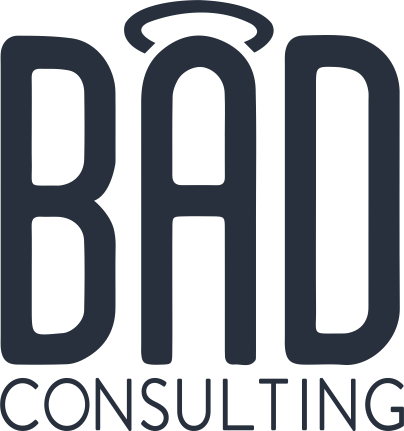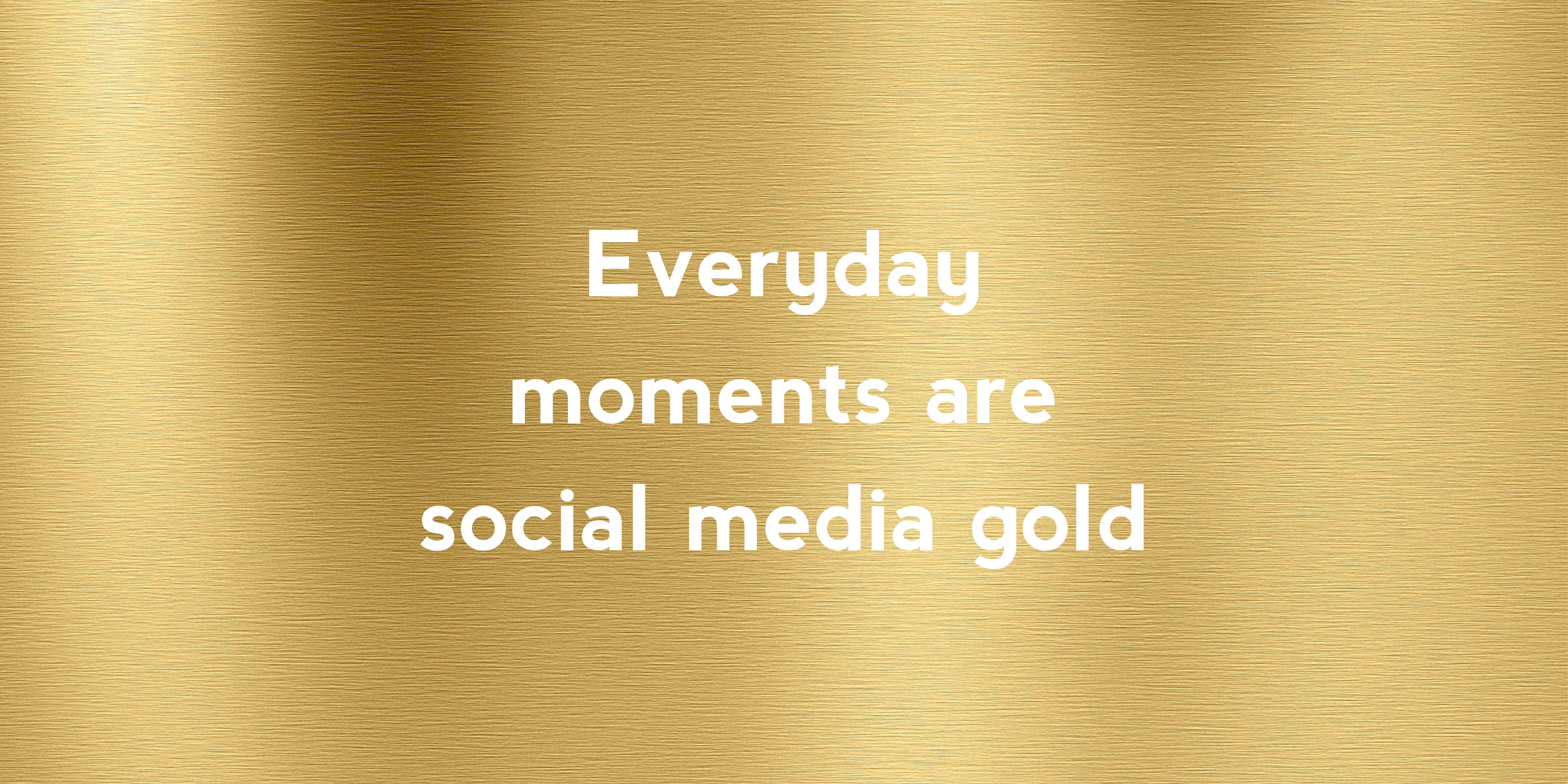I have a bit of a headache this morning so I turned to ChatGPT to help me come up with a topic for today’s blog post. It gave me a bunch of topics that I dismissed immediately. And then I just got mad when I read the next topic: “From Boring to Viral: How to Turn Everyday Moments into Social Gold.”
First off, I hate that the goal of everything is to go viral. Exactly what does viral get you? In most cases, a much bigger headache than I currently have and not many sales to go along with it. It’s a much better goal to try to be razor sharp with who you target. And then get them to buy into your organization (whatever that means to you).
Secondly, the title assumes that everyday moments are boring when they are what your audience relates to most. Continually highlighting big achievements or very special moments will only make your audience think about what is likely unattainable to them. Sticking with mostly everyday moments, on the other hand, makes them say, “Me too,” instead.
So how do you make social media gold with everyday stories?
Seek them out
Here’s the thing: These stories might be enough for a community member to do a quickie post on their own social media, but they are not likely to actively share these stories with an organization. They’re not big enough, in their mind. So if you actively ask for these kinds of stories, what you will likely get instead is a much bigger story. We’re not looking for the bigger stories. We’re looking for moments in time. The only way to get them is to seek them out.
You can’t be passive. You have to find community members and actively follow their accounts. This can be super difficult in a one person department, so get some key community members involved. Take some time to train them on what you are looking for and then set them free to find it. Even if you only have one person who follows through, that can still be a huge help. I had one client who had a community who noticed the kinds of stories I was sharing and sent me anything she thought was applicable. I consistently had a stream of everyday stories for this client, and the community responded big time to it.
Keep the stories tiny
The thing to keep in mind with everyday stories is that they should be something that happens everyday.
I used to work with a medical nonprofit. One day, I ran across a post where someone said they had just scheduled their annual check up. I asked if I could share it on our social media, and after getting a yes, I posted it. The community went nuts, congratulating the person on doing something that seemed very mundane on the surface. Because it wasn’t all that mundane. When you’re living with a chronic condition, the idea of an annual check up and the news it might bring can be paralyzing. So just scheduling the appointment is a triumph for most people.
That’s the kind of story you need to be looking for: a tiny moment in time that can feel much bigger to those in the know. If you think about it, everyone’s life is filled with those kinds of moments. You just have to find the people willing to talk about them.
Don’t be afraid to tie them to your goals
These stories don’t have to stand alone and only connect to awareness campaigns or just increase engagement. If done right, they can do so much more.
Let’s take for example the story about schedule an annual check up. What content could I have shared with that story? Off the top of my head, I could have looked for something about what to know before you schedule an annual check up or questions to ask at your next annual check up. Or if we had a health clinic coming up, I could connect it to that to help others schedule their own appointments. All three would have the potential to help our audience while furthering the client’s business goals.
And the cool thing is that these stories naturally increase reach and engagement, which will naturally increase reach and engagement on any content that is connected to them. I also use them to increase reach on the next piece of content I’m sharing. Maybe I’m looking to give a bit of a boost because I know the next piece of content needs more eyes that it might not get on its own. Or maybe we had a piece of content that didn’t produce as well as I thought it would. I would throw in a story to get us back on track with the algorithm. It’s a great way to get the algorithm to work with you, instead of against you.
Take advantage of the shared stories, not your audience
Doing this, especially with an audience full of those living with a chronic condition, requires a level of empathy. If you’re coming at this with only your business goals in mind, then it’s just not going to be effective. Your audience will smell that you don’t care about them and not share as readily.
If you, however, come at it with the idea of helping your audience and bond them together, it is completely different. Your tone and decisions just change for the better. And yes, you can still look at business goals as you do it. Just don’t let it take over the entire way you present the story.
How are you making everyday stories work for your organization?

